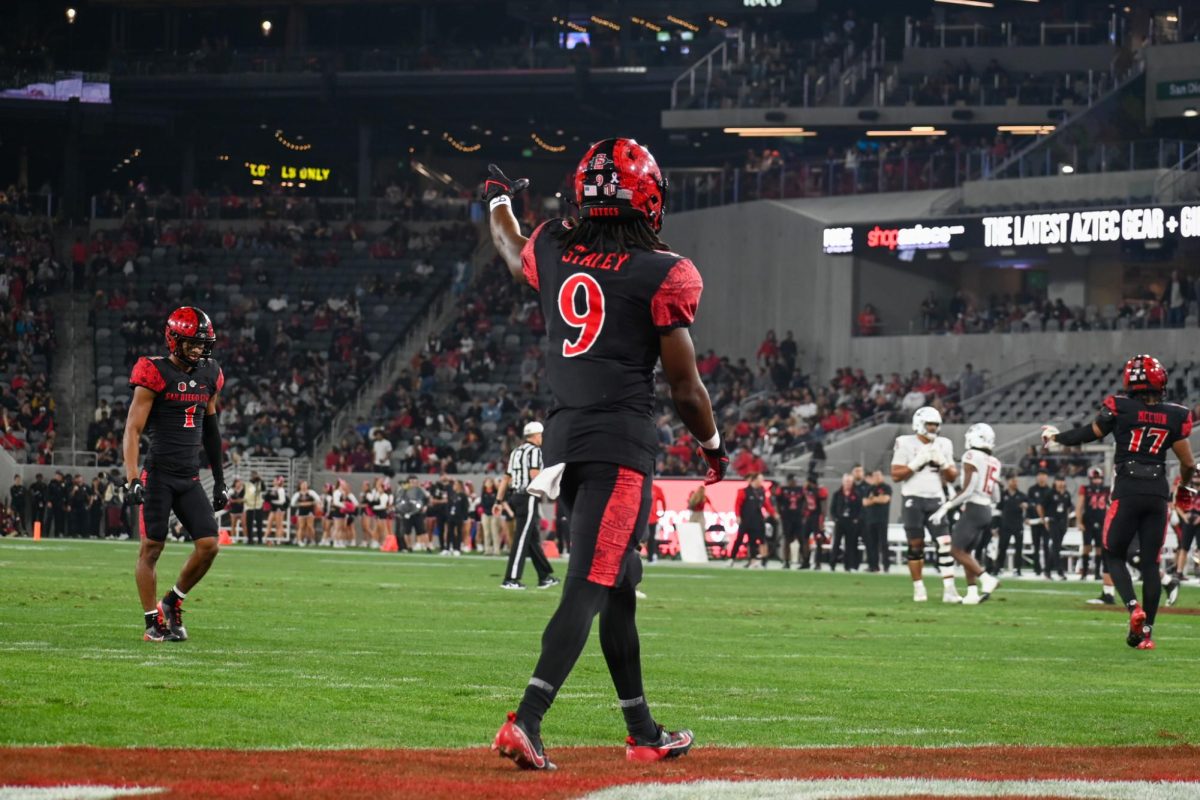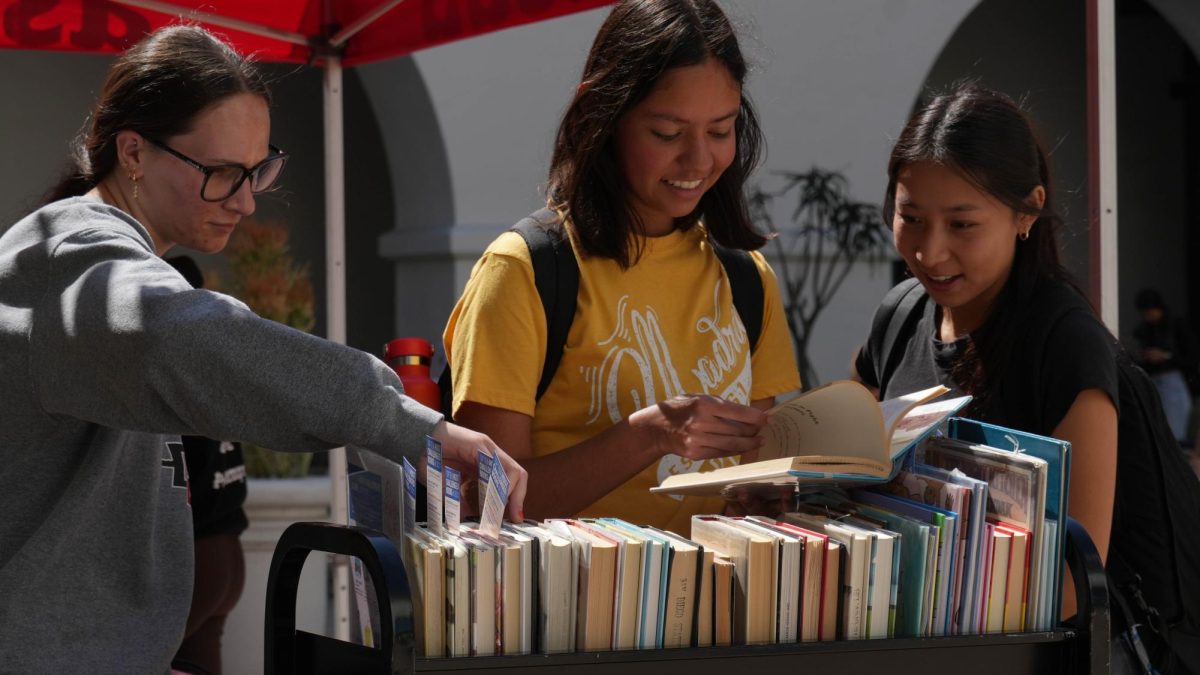With the highly contentious 2018 midterm elections, voting was emphasized from all sorts of political groups from both the left and the right.
However, most political organizations fail to recognize the power of voting with your wallet.
This refers to the form of protest by which people make conscious purchasing decisions as a means to create changes in political or economic policies.
The bus boycotts during the Civil Rights Movement are perhaps one of the most notable examples of successful dollar voting.
Through the disruption of daily commerce, these boycotts eventually led to the desegregation of bus seating.
For groups that have historically been disenfranchised, dollar voting can be a powerful alternative as consumer demand is a major a determinant that direct changes in the economy and in society.
A more recent act of dollar voting was the boycott against Nordstrom for selling Ivanka Trump’s clothing line.
This boycott was a part of the #GrabYourWallet movement that aims to boycott companies affiliated with President Donald Trump.
The Nordstrom boycott was successful and eventually led to the retail chain dropping Ivanka Trump’s line.
When people come together to disrupt commerce, it exemplifies the power people have to get their voices heard and effect change.
Voting with your dollar is not only boycotting and refraining to spend money but it is also intentionally choosing where you spend your money. By supporting business owners who are people of color, female, or identify as LGBTQ, you are choosing to support diversity and inclusivity.
Through donating to campaigns, political candidates, nonprofit organizations, and charities, it shows support for the causes they represent and advocate for.
Donating to organizations gives them the resources necessary for them to get their messages across to a broader audience and enact change in public policy.
There are those who criticize dollar voting to be too slow to enact change and being a method of protest for only the middle and upper classes.
They have the privilege of being able to opt for other options even if those options cost more or more difficult to access.
People in the lower, working class may not have that financial flexibility to participate in this type of political action.
Contrary to these criticisms, anyone can vote with their wallet.
With the technology that is accessible today, it is becoming easier for all people to be able to spend their money with a purpose.
One app in particular is using sophisticated algorithms and crowd sourcing to make it simple for users to find campaigns to support.
It’s called Buycott and it allows users to scan a bar code to get information on a product and the company that makes it.
It traces the corporate family tree and lets the user know whether or not the company supports a certain campaign.
These campaigns range from gun control to deforestation to child labor.
Buycott makes information easily accessible so the average consumer can make an educated, socially conscious purchase.
It is important that dollar voting becomes a tool better utilized by the people because of its ability to successfully create genuine changes in society.
It is an inherently democratic act that reflects the needs and wants of the people.
It is a powerful tool that is too often underestimated and used too scarcely.
With the internet readily providing us with information, voting with your dollar should be something people exercise to its fullest extent.
Catherine Van Weele is a freshman studying political science.









